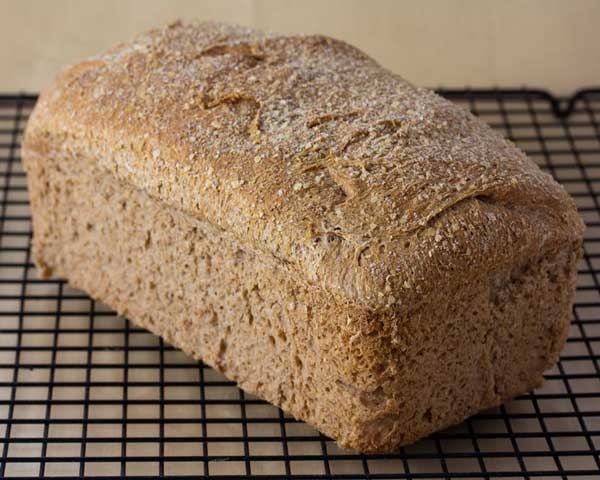5 Reasons You Should Always Go Whole Wheat
Eating whole wheat bread instead of white bread is a simple way to get more nutrients and fiber in your diet. Here are five reasons why you should always opt for whole wheat when you have the choice. Keep in mind that you should always read the ingredients and make sure that whole wheat is the first item listed; there are plenty of phonies out there and "made with whole wheat" is basically meaningless.
It's Much Higher in Fiber

You'd need to eat eight slices of white bread to get the same amount of fiber that you'll find in one slice of whole wheat bread. Fiber aids in digestive health and also makes you feel fuller.
White Bread May Be "Enriched," but That's Not As Good as it Sounds

More than 30 nutrients, including fiber, essential fatty acids, and vitamins and minerals go out the window when flour is refined. Only five nutrients (iron, niacin, thiamin, riboflavin, and folic acid) are required by law to be put back in.
It Lowers Heart Disease Risk

According to a University of Washington study, switching from white bread to whole wheat can lower the risk of heart disease by 20 percent.
The Less Processing, The Better

Whole wheat bread contains the whole wheat berry, which means the bran (the outer layer), the germ (the inner layer), and the endosperm (the middle layer), each with their own nutrients, makes it into the bread. White bread uses only the endosperm, leaving the fiber, vitamins B6 and E, zinc, magnesium, chromium, and folic acid from the bran and germ behind.
It Tastes Better!

White bread tastes like... white bread, boring and old-fashioned. With whole wheat bread, you can actually taste the ingredients that went into it. And who doesn't like that?
